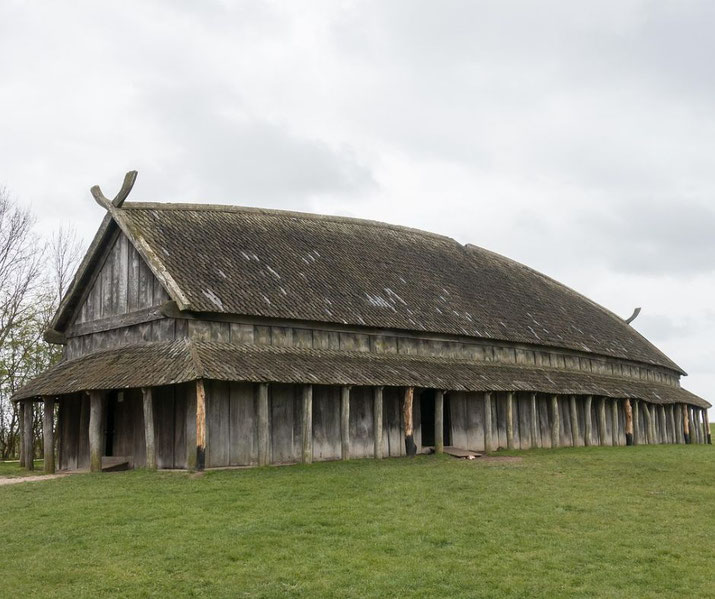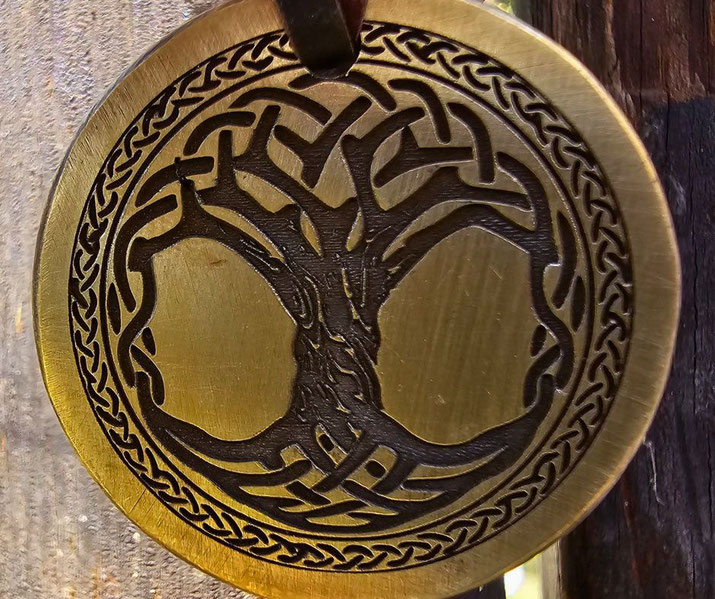Viking burials: The surprising ways the Norse honored their dead

Vikings are known for their fierce and fearless reputation. They had a detailed culture that valued honour and loyalty, while they also placed high importance on family.
One of the ways they expressed these values was through burial rituals that showed what they believed about the afterlife and a person’s social rank.
Cremation or burial?
Most Vikings reached the afterlife in one of two ways, cremation or burial.
Cremation, often on a funeral pyre, was common among the earliest Vikings, who were pagan and believed the fire’s smoke carried the person to the afterlife.
After cremation, they might bury the ashes in an urn or place them in pits or earthen mounds, according to local tradition.
The 10th‑century Arab traveller Ahmad ibn Fadlan gave a full description of a Rus’ leader’s funeral on the Volga River in 922, when it included cremation on a ship and ritual sacrifice of a female slave. This account gave rare insight into Viking burial customs.
Burial was the other option for wealthy or important Vikings who could afford decorated graves.
The dead lay with belongings such as weapons, tools, jewellery, food and drink.
They sometimes rested in wooden rooms, wagons or boats. Stones or mounds often indicated these graves, sometimes resembling ships.
The choice between cremation and burial depended on factors such as region, period, personal preference and access to materials.
Size of local forests could limit cremation, because wood was in short supply in some areas.
Conversion to Christianity between the 10th and 11th centuries stopped cremation.
Archaeologists at Hedeby, now near the Germany‑Denmark border, have found over 300 graves with pagan and Christian elements that show how beliefs changed during the Viking Age.

What did Vikings believe about the afterlife?
The Vikings believed in a detailed and varied afterlife, where different areas awaited different kinds of people.
The most famous of these areas was Valhalla, the hall of Odin, where warriors who died bravely in battle would feast and fight until the end of days.
Another area was Folkvangr, the field of Freyja, where, according to some sources, half of the fallen warriors would go and the other half went to Valhalla.
Freyja was also the goddess of love and fertility, so her area was a place of joy and beauty.

Other areas were less desirable, such as Helheim, the domain of Hel, the goddess of the dead.
This was a cold and dark place where those who died of old age or sickness went, and those who died in dishonour.
There, the dragon Nidhogg would torment the souls who had committed dishonourable acts.
It also gnawed on the roots of Yggdrasil, the world tree, which added to the chaos and decay threatening the world tree.
Some sources also mention an area called Gimle, a paradise for the righteous and virtuous.

Some Vikings believed in reincarnation or at least the possibility of it. Graves have been found that contained objects meant to help the deceased in their next life, such as coins or runes.
Some names also showed belief in rebirth, such as Ragnar (meaning 'warrior of the gods') or Ingibjorg (meaning 'protected by Ing', a god associated with fertility).
What were Vikings usually buried with?
One notable feature of Viking burials is the presence of grave goods, or objects buried with the deceased.
These goods not only symbolized status, but also represented key moments or successes within the individual's life.
Specific quantities of weapons like arrows could signify the extent of one's military prowess.
The amount and type of grave goods varied depending on the social group and gender of the deceased.
A free man was usually given weapons and equipment for riding. An artisan, such as a blacksmith, could receive his entire set of tools.
Women were provided with their jewellery and often with tools for household activities.
The most detailed Viking funeral discovered so far is the Oseberg Ship burial, which was for a woman (probably a queen or a priestess) who lived in the 9th century.
When the site was excavated, archaeologists discovered a collection of goods that included decorated sleighs, combs, clothing and shoes, carved animal heads, tapestry fragments and a lamp.
Some grave goods had a religious or magical meaning, such as amulets or talismans that could protect the deceased from evil spirits or grant them favour with the gods.
For example, some graves contained miniature models of houses or ships that could represent a safe journey to the afterlife.
Other graves contained objects related to fortune-telling or magic, such as wands or runes.
Sometimes animals or possibly even humans were sacrificed and buried with the deceased, especially if they were close friends or servants in life.
This was done to ensure that they would accompany them to the afterlife and continue serving them there.
However, this practice was also condemned by Christian missionaries and writers who saw it as barbaric and cruel.
Viking burials reveal a lot about their culture and beliefs. They show how they honoured their dead with respect and dignity, how they prepared them for their journey to the afterlife, and how they expressed their identity and achievements through their possessions.
They also show how they adapted to different circumstances and influences, such as geography, Christianity and foreign contacts.
Viking burials are a fascinating and valuable source of information for anyone interested in learning more about these remarkable people.
What do you need help with?
Download ready-to-use digital learning resources
Copyright © History Skills 2014-2025.
Contact via email
With the exception of links to external sites, some historical sources and extracts from specific publications, all content on this website is copyrighted by History Skills. This content may not be copied, republished or redistributed without written permission from the website creator. Please use the Contact page to obtain relevant permission.





